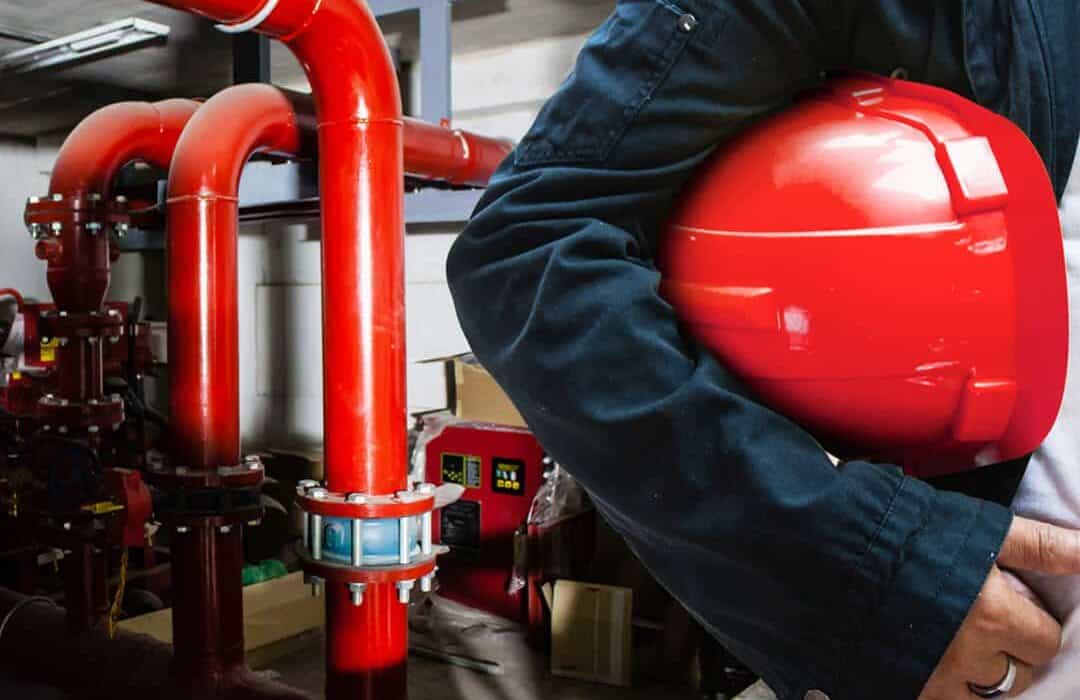Combating Infernos: The Leading Edge of Fire Safety Programs
Fire safety is a essential aspect of shielding human lives and assets, yet it is often overlooked until a crisis strikes. Whether at household, in a workspace, or in wider community contexts, understanding and executing effective fire safety measures can make all the impact in staving off tragedies. As fire engineering consultants investigate the world of fire safety solutions, it becomes apparent that understanding, preparation, and appropriate equipment are paramount in lessening risks.
In this article, we will examine essential topics that encompass fire safety, from conducting regular fire drills to identifying common dangers in our environments. We will talk about the importance of establishing comprehensive fire exit plans, the role of smoke sensors, and the availability of fire safety devices. Furthermore, we will emphasize specific fire safety considerations across diverse sectors such as healthcare, catering, and building. With practical tips and guidance, our aim is to provide you with the knowledge necessary to combat flames and encourage a climate of safety.

Essential Fire Safety Tips
One of the most important aspects of fire safety is to have a thoroughly detailed understanding of frequent fire hazards present in residential spaces and offices. Items like overloaded electrical outlets, unsafe storage of flammable materials, and overlooked cooking areas can greatly increase the risk of fire. Regular inspections and preventative maintenance can help in identifying these hazards, ensuring that safety measures are in place to avoid potential disasters. Awareness and education about these risks are crucial for all individuals occupying or working in a space.
Establishing a fire escape plan is critical for both residential spaces and businesses. This plan should detail the fastest exit routes and assign a safe meeting spot outside the property. It's crucial to drill the escape plan regularly through fire drills, which confirm that each person is familiar with their roles and can act promptly in an emergency situation. Knowing how to respond can ensure safety and lessen panic during a emergency.
Fire safety equipment, such as smoke alarms and fire extinguishers, should be set up and maintained correctly. Smoke alarms need consistent testing to ensure they are functioning correctly, and it's suggested to change the batteries at least once a year. Fire extinguishers should be conveniently accessible, but only after proper training in their use has been provided. Understanding the importance of these tools and maintaining them can avert small fires from becoming overwhelming blazes.
Establishing an Effective Fire Plan
Writing an efficient fire plan is crucial for ensuring the protection of everyone in your house or employment location. Start by identifying all possible escape routes. It's crucial to have multiple exit options from each room, especially in case one path is obstructed by fire or smoke. Make sure that all paths are clear and not obstructed. Additionally, select a safe meeting point outside the facility where all individuals can convene after escaping. This assembly area should be a safe distance away from the structure to maintain safety from imminent flames.
Once the exits have been finalized, it is crucial to inform this plan to everyone who live or are employed in the building. Organize regular fire drills to familiarize everyone with the escape routes and protocols. These drills should mimic various scenarios to ensure readiness regardless of the circumstances. Reviewing the plan not only enhances confidence but also helps identify any changes that may be required in the escape process.
Lastly, remember to evaluate and update your fire strategy regularly. Modifications in the layout of your space or the presence of additional residents could require modifications to your plan. Additionally, regularly inspect and service fire safety equipment, such as smoke alarms and fire extinguishers, ensuring they are in working order. Keeping everyone updated and equipped is crucial to a successful fire safety plan.
Grasping Fire Protection Laws
Flame protection laws have been created to safeguarding people, property, and the environment from the devastating consequences of fires. These regulations, which consist of guidelines set by bodies like the National Fire Protection Association and the OSHA, mandate specific safety protocols for residential, commercial, and industrial settings. Understanding these guidelines is crucial for company owners and homeowners alike, as they provide a framework for implementing efficient fire prevention measures and ensuring adherence with local regulations.
One of the main responsibilities of company owners is to conduct routine flame hazard assessments. This process detects potential hazards and assesses the efficacy of existing flame protection protocols. Laws mandate that establishments develop and maintain an urgent action strategy, conduct flame exercises, and ensure that flame alarms and suppression systems are operational. Collaborating with flame protection experts can help businesses understand intricate regulations and develop a comprehensive safety strategy that not only meets lawful requirements but also safeguards workers and assets.
Compliance with fire safety regulations is not only a statutory requirement but also a moral necessity. Neglecting such standards can result to severe results, including destructive fires, loss of life, and significant financial responsibilities. Additionally, non-compliance may lead in penalties or even the closure of a company. By valuing fire safety and adhering to set laws, organizations contribute to more secure settings for their workers, clients, and neighborhoods, ultimately fosters a environment of safety that pays benefits in the long run.